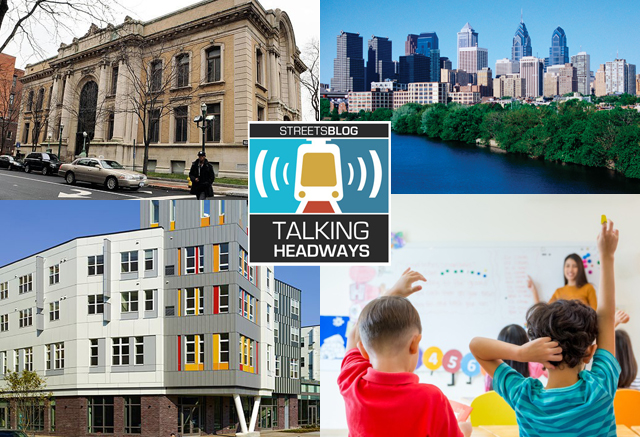This week, we talk about how cities generate wealth and can harness it for public good with Diana Ramirez of Harris County's Department of Economic Equity and Opportunity; Ben McAdams, a former Salt Lake County mayor and Congress member; Matt Prewitt, president of RadicalxChange, and Joel Rogers of the University of Wisconsin Madison.
For those of you who prefer to read rather than listen, check out the edited highlights below the player. If you want a full, unedited transcript, be our guest by clicking here.
Jeff Wood: The most famous discussion about this is likely from Dag Detter and Stefan Folster's book, "The Public Wealth of Cities." But it's a topic that has generally been under the radar for a while. So first I want to start with Ben. Where did you first find out about this idea of public-asset inventory and why was the idea so compelling?
Ben McAdams: So I was connected to this idea through Bruce Katz, who introduced me to Dag Detter before "Public Wealth of Cities" was published. In fact, if you looked on the dust jacket of "Public Wealth of Cities," my claim to fame is I gave one of the endorsements to Dag's book when that came out. But the predecessor of that book was "The Public Wealth of Nations." And so I got to know Dag and, as a mayor (I was the mayor of Salt Lake County at the time) I know how challenging it is to try and find resources to solve some of the issues we were confronting. One thing that I was working hard on was advancing early childhood education. We know that closing the achievement gap is critical to the success of our residents, as is working on homelessness and addiction and trying to help individuals who are suffering from addiction to get resources to treatment to become sober and stable.
Having worked through that, I know that money doesn't solve problems, but you're not going to solve a lot of problems without adequate funding. So it was always a challenge. I know that local government, like, we didn't have the money to fill our potholes, to do basic, basic core function of government stuff. So for me to be saying, "Look, we need to invest more in in addiction and treatment and be investing in early childhood education," people would just say, "well, how you can pay for that?" It was around that time that Bruce Katz introduced me to Dag, and the concept essentially was that if all you look at is your revenue and expenditures, yeah it's tight. We don't bring in enough money to pay for the expenditures that we have to pay for.
But what government doesn't do is look at the balance sheet. In fact, it wasn't until very, very recently that government was even expected to have the concept of a balance sheet. Dag's premise was, if government could look at its balance-sheet inventory, [and] quantify the value of that, we are actually sitting on a gold mine of resources. If you can tap that balance sheet to put it to work to generate revenue back to the community, it's actually quite a bit of opportunity there. So, we put Dag's premise to the test. We did an inventory of all publicly owned, commercially viable real-estate assets in Salt Lake County.
What we found was, first of all, there was a lot. We made some assumptions. We worked with Urban Three to quantify these. They're all out there, you know, they're all in GIS so we can find them and organize them and pull them out. We made some assumptions to figure out what the value of those were in their current state, and then what they would be if we put them to work as neighboring parcels are put to work by private owners. What we found was that we were sitting on a portfolio of commercially viable real-estate assets valued at roughly $45 billion. My budget when I was mayor was $1.1 billion. So we had 45 times of real estate assets that we were sitting on.
You don't have to think too hard to say, let's say we just take a handful of those; let's take three: a parking lot that is underutilized. A library that you know was built 60 years ago in the middle of nowhere and is now in a densified, transit-oriented part of downtown, [and another]. And we could put those to a different use and generate revenue off of those assets. That revenue, maybe those three parcels, could generate $1 million a year that goes to fund an early childhood program, to fund vouchers for treatment or access to affordable housing. There is a lot of potential there. We saw that in Salt Lake County. What we're doing now, we'll talk about it later, but with putting assets to work in an incubator that I helped to found, we are working with communities across the country to evaluate their assets.
What balance sheet do they have? What we're finding all of them have resources; they have assets that they're sitting on. We're working with them to come up the structure to help unlock and tap into those resources to have funding so that people like Diana can have the resources to put it into the equity initiatives, the social-impact initiatives that can really turn communities around.






